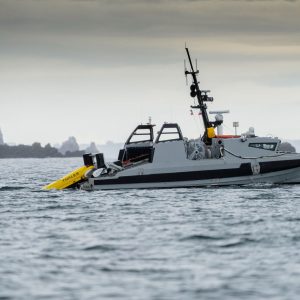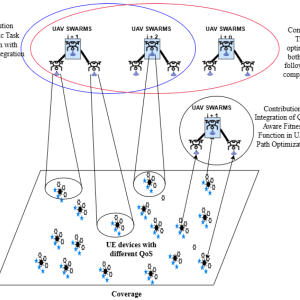As electric utilities confront aging infrastructure and intensifying climate risks, the adoption of AI-powered LiDAR classification is emerging as a defining technology for grid modernization. By combining high-resolution spatial data with machine learning, utilities are gaining new levels of visibility into their networks, enabling proactive management, predictive maintenance, and faster emergency response.
LiDAR: From Raw Data to Actionable Intelligence
LiDAR, or Light Detection and Ranging, generates billions of data points that form highly accurate 3D “point clouds.” These digital reconstructions map utility assets—power lines, substations, vegetation, and terrain—in precise detail. However, raw LiDAR data lacks context until processed through classification, which labels each point as ground, vegetation, or infrastructure. This process transforms a dense cloud of points into actionable insights for planning, inspection, and compliance.
For utilities, the benefits are extensive: identifying vegetation encroachment before it causes outages, assessing wire sag or pole tilt, verifying regulatory clearance, modeling wildfire and flood risks, and supporting system expansion. Without classification, even the most detailed LiDAR scans remain underutilized.
The Shift from Manual to AI-Based Classification
Traditional rule-based and manual classification methods are proving insufficient at scale. LiDAR datasets today span hundreds of square miles and billions of points—making manual classification prohibitively time- and cost-intensive. AI, particularly deep learning, is changing this dynamic. By training on labeled datasets, AI models recognize complex patterns, distinguishing wires from branches or identifying small, partially obscured components with far greater efficiency than human analysts.
AI-powered workflows reduce analysis time from weeks to hours while improving precision. This scalability allows utilities to keep pace with both the volume of collected data and the urgency of real-world risks. Hybrid approaches—where AI handles bulk classification and experts review edge cases—are increasingly seen as best practice.
Challenges and Opportunities in AI Adoption
Despite its promise, AI-driven LiDAR classification faces challenges. High-quality training data is essential, and models often require adaptation across diverse terrains—from urban grids to mountainous forests. Rare infrastructure features or atypical damage conditions may still demand manual oversight. Nevertheless, advances in automated point cloud registration and integrated QA/QC tools are helping utilities overcome these hurdles.
As AI models evolve, predictive capabilities are emerging. Utilities will soon use LiDAR not only for present-state analysis but also for forecasting vegetation growth, anticipating infrastructure fatigue, and modeling disaster scenarios. Real-time edge processing via drones and mobile systems will bring these insights directly to field crews.
Toward Smarter Grid Modernization
The convergence of AI and LiDAR is setting a new standard for infrastructure intelligence. By embedding classification into the data pipeline, utilities can shift from reactive maintenance to predictive, data-driven decision-making. The result: improved resilience, reduced costs, and enhanced safety for communities.
As costs decline and accessibility improves, these tools will no longer be confined to large utilities. Regional operators, cooperatives, and municipal providers are poised to adopt the same capabilities, accelerating modernization across the energy landscape.

Conclusion
AI-powered LiDAR classification is no longer a niche tool; it is becoming central to how utilities approach resilience, safety, and efficiency in a changing climate. By harnessing the combined power of spatial data and machine learning, grid operators can ensure a smarter, safer, and more reliable energy future.










